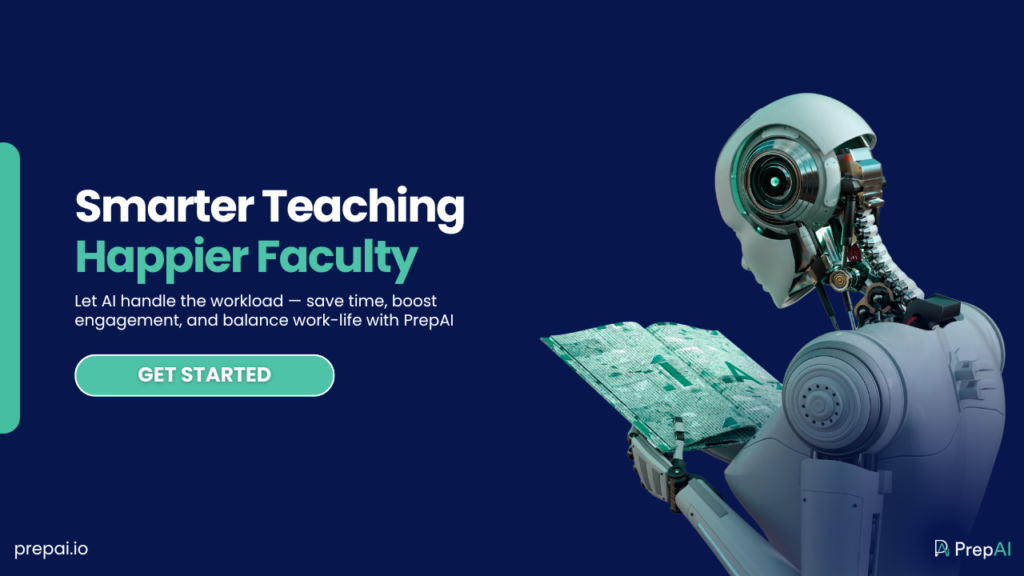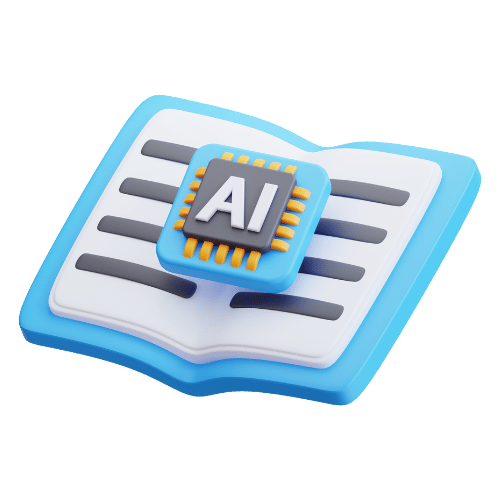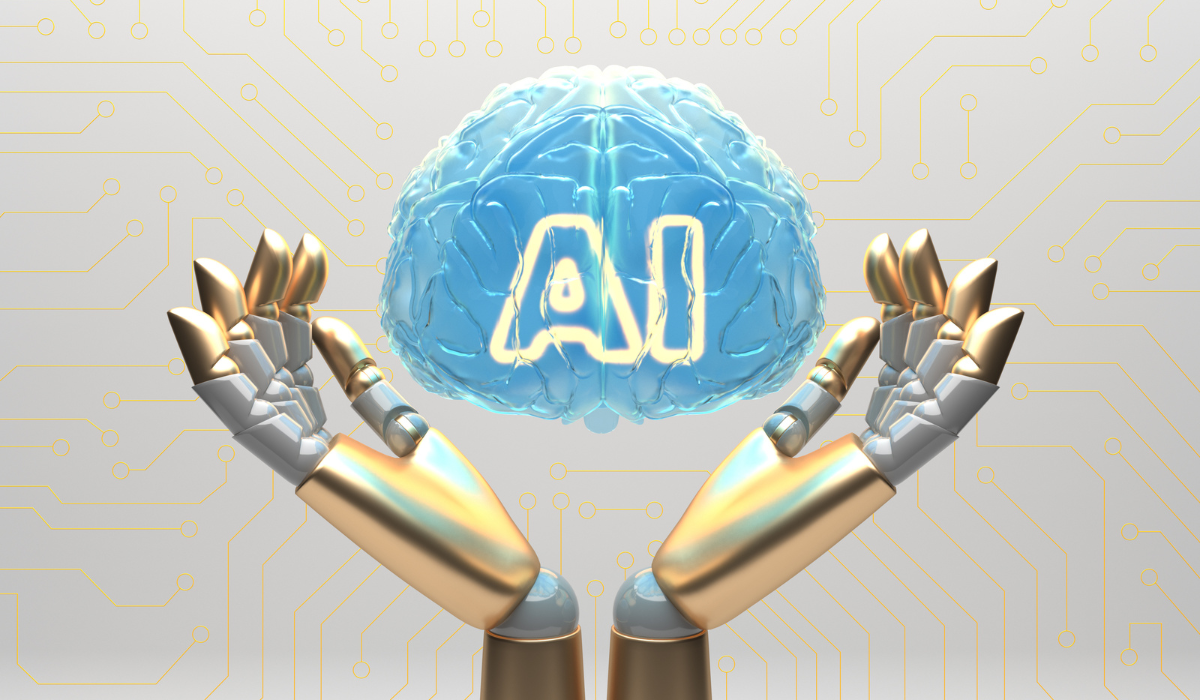Faculty burnout refers to the stress that occurs because of the demanding job. It becomes a chronic exhaustion state, which turns into physical fatigue and emotional and mental exhaustion. Faculty often feel emotionally drained and disillusioned with their work. Here, we will understand how it can lead to hidden costs to the education sector.
University leaders are facing greater pressure than ever because they have multiple tasks to perform. From enhancing student success and engaging with AI-enabled learning to maintaining financial viability. However, there is an unspoken issue sapping both your faculty’s productivity and your bottom line: faculty burnout. This burnout is usually a result of work demand and workplace stress. Burnout can become a serious problem and may even lead to depression in the future. Equipping educators with practical strategies to manage stress and redesign their workflows empowers them to overcome burnout and consistently show up to help students to engage in studies.
In institutions of higher learning, burnout is common. According to statistics on faculty burnout from recent years, up to 64% of faculty members report feeling burned out as a result of their jobs. If your university faces faculty burnout, it can lead to a higher risk of developing mental health conditions. This chronic stress and emotional exhaustion can drain educators’ energy, which disconnects them from their work and reduces the quality of instruction, weakens student engagement, and ultimately impacts your institution’s ability to retain students and protect tuition revenue.Burnout in South African universities is common among academic staff, which leads to emotional sluggishness, depersonalization, and decreased personal achievement. Burned-out professors might be unable to disconnect from work even when they are away from the workplace. The major solution to eliminating teacher burnout is to rely on AI solutions like PrepAI that allow teachers to automate assessment creation, reduce administrative overload, and boost student engagement.
What are the causes of faculty burnout?
Faculty burnout can have a negative impact on the students’ learning outcomes. Teachers having burnout may be less effective at teaching, leading to students not acquiring the necessary knowledge and skills. Thus, they might be less able to produce interesting learning opportunities, give concise explanations, or successfully respond to inquiries from students. There are several causes of the faculty burnout:

Too Much Workload
Educators working in higher education often juggle multiple expectations like teaching, research, and service. When institutions ask faculty to do too much, faculty experience short-term urgency, pressure, and the administrative burden to take on additional care and work overtime but are unable to catch up.
Work-Life Imbalance
A difficult workload can prevent one from having a healthy work-life balance, but technology also can have a role. With the ability to access academic work anywhere and at any time, faculty members feel they are “at work” around the clock and have even less opportunity to disengage from their tasks.
Insufficient Resources
Faculty members often need greater resources and more guidance from administration to adequately prepare for tasks, as well as effectively implement and accomplish their tasks. Without these supports, they are likely to feel more stressed, undervalued, or disconnected.
Deteriorating Mental Health of Students
Faculty are also at risk of burning out as they care for the mental health of their students as well. Student mental health is declining every year, with about 60% of students reporting at least one mental health issue today. Faculty are facing pressure from managers to support students under psychological stress, which can affect the mental health of the faculty members.
Rigid Attendance Policies
Faculty members who physically work on campus with rigid attendance policies may also be more vulnerable to burnout. They may grow frustrated with working conditions when they prefer to work from home instead. Longer commutes also cut into faculty members’ free time. Thus, educators’ stress increases, and they won’t be able to handle all tasks with effectiveness.
How to Prevent Faculty Burnout in Universities Using AI?
Faculty burnout is not an easy issue because it threatens teaching quality and student engagement and ultimately results in affecting teaching abilities to perform their duties. To offer them a collaborative culture, focus on stress management, and maintain work-life balance, it is necessary for universities to integrate AI tools like PrepAI, which looks like an ultimate solution for educators.
Automate Assessment Creation
PrepAI allows educators to generate quizzes, assignments, and exams instantly in a variety of formats (MCQs, short questions, true/false, and HOTS). Teachers can effectively test different skills of the students, like cognitive ability, critical thinking, and more. Moreover, it offers ease to the teachers because educators can upload lecture notes, PDFs, or web links to generate personalized assessments. This removes hours of manual work, giving professors more time to teach, mentor, and research.
Enable More Frequent Assessments
With AI-generated questions, educators can conduct regular low-stakes quizzes or tests that keep students engaged and identify learning gaps early. When universities integrate AI assessment generators, educators can take multiple tests without thinking of making them. They just have to select the required field, and the tool will generate a technical or functional assessment on its own. Also, it allows educators to make students learn through learning, not by grasping. Thus, it helps improve student outcomes and boosts course completion rates along with results.
Maintain Consistency Across Courses
Using tools like PrepAI ensures assessments are aligned with course objectives and according to difficulty levels. This consistency improves learning quality and strengthens your institution’s academic standards. Academic burnout is real not only for educators but also for students, as they have to experience inconsistent workloads and uneven grading practices. Using AI tools can help in maintaining parity because all assessments are unique, allowing students to experience a fair, balanced academic journey.This can result in a higher student satisfaction ratio and better performance.
Free Up Educators for High-Value Work
When repetitive tasks are automated, faculty can focus on improving teaching methods, guiding students, and contributing to research activities that directly enhance the university’s reputation. When teacher burnout is less, they will feel more energetic and productive, resulting in offering personalized mentorship by engaging students through lectures. With AI tools like PrepAI, time-consuming tasks like generating assessments for different students in different ways are no longer required. This tool can create assessments according to the course, in a variety of formats, and at different levels (easy, medium, and hard). All this will lead to increasing retention rates, high faculty morale, improved student outcomes, and reduced work pressure.
Why Decision-Makers Should Integrate AI Now
Universities that are early adopters of AI are in a much better position to gain the upper hand, not only by decreasing operational inefficiencies but also by being viewed as AI-first universities that are appealing to faculty and students. Around 20% of South African university leaders reported that their institutions are already incorporating AI in curriculum development. There are more universities planning to integrate AI for course development, assessment generation, and more.
By scheduling a PrepAI workshop for your faculty, you are not simply providing them a tool; you are strategically investing in:
- Faculty Productivity
- Student Success Metrics
- Institutional Growth & Reputation

Conclusion
The cost of overlooking educator wellness is significant, and it is not possible to measure, but it is real. The health and happiness of educators affect everything from student performance to budgets to culture. Addressing teacher burnout is integral to ensuring an education system’s success. By supporting educators’ health and satisfaction, universities can think of introducing AI tools like PrepAI for the best outcome.
Next Step for University Leaders
Book a PrepAI Workshop for your faculty and experience firsthand how AI can streamline assessments, boost engagement, and help your institution stay ahead in today’s competitive education landscape.



